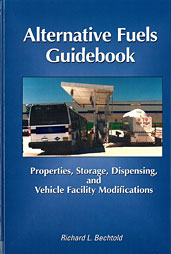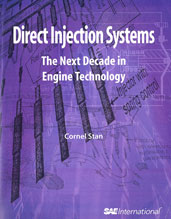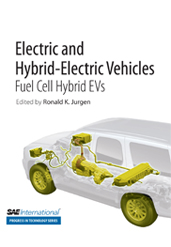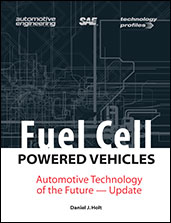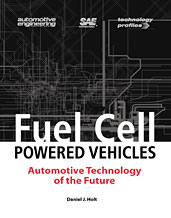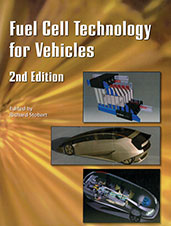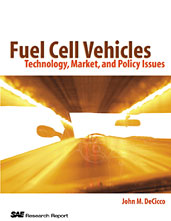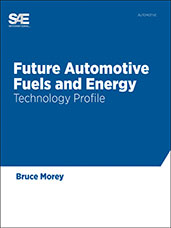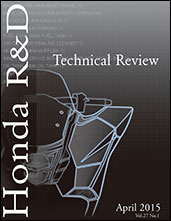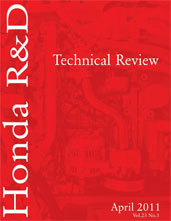Book

Advanced Hybrid Powertrains for Commercial Vehicles
2012-08-06
This book provides a broad and comprehensive look at hybrid powertrain technologies for commercial vehicles. It begins with the fundamentals of hybrid powertrain systems, government regulations, and driving cycles, then provides design guidelines and key components of hybrid powertrains for commercial vehicles. It was written for vehicle and component engineers and developers, researchers, students, policymakers, and business executives in the commercial vehicle and transportation industries to help them understand the fundamentals of hybrid powertrain technologies and market requirements for commercial vehicles. It is useful for anyone who designs or is interested in hybrid powertrains and their key components. The term ‘commercial vehicle’ applies to everything from light delivery vehicles to class 8 long haul trucks, buses, and coaches. These vehicles are used for a wide range of duties, including transporting goods or people and infrastructure service.



